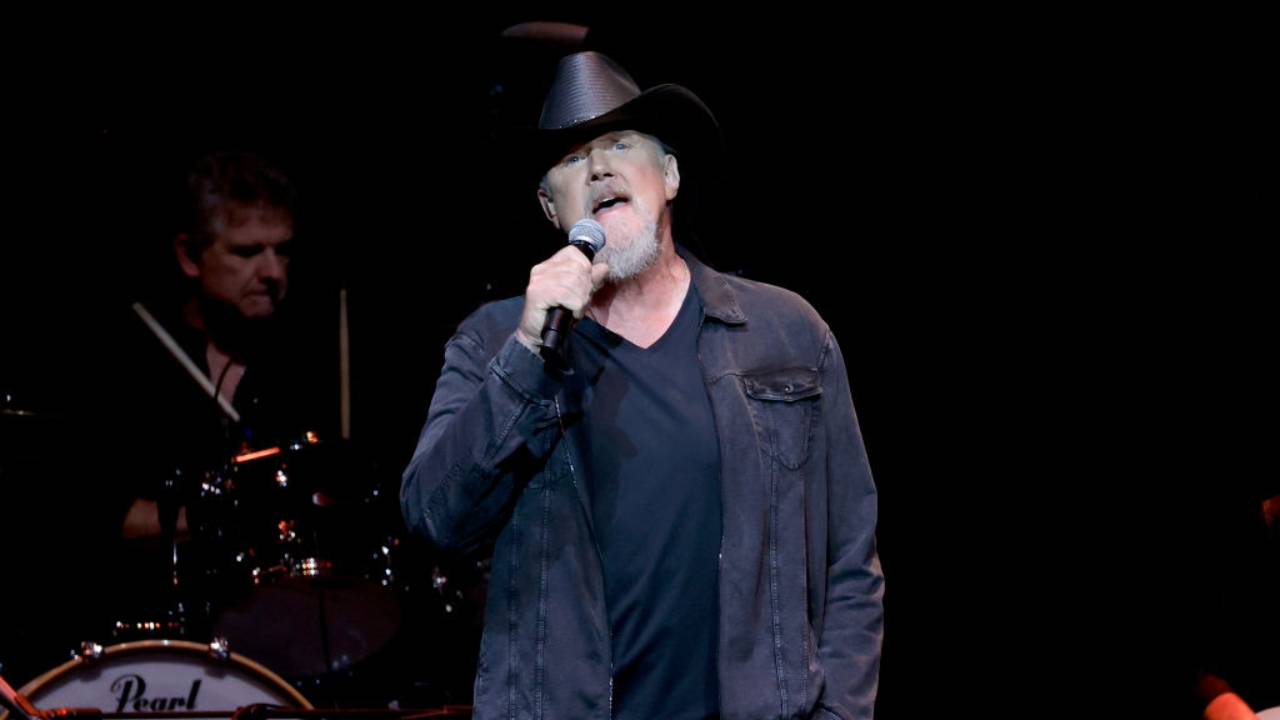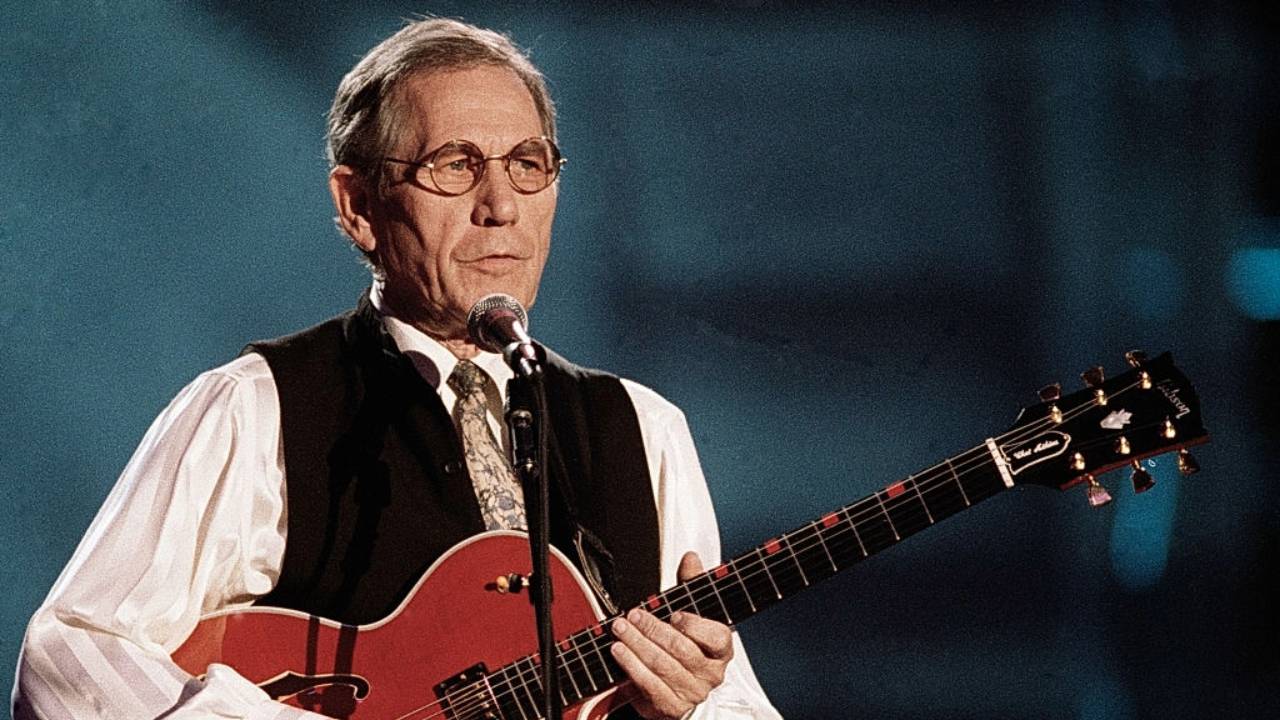Women’s History Month: New Stars Shine in the 2000s

It wasn't a physical virus but the threat of a digital one that darkened the horizon as that first day of the 21st century approached. The term “Y2K” was as common then as “Covid-19” is now. And it, too, was a worldwide concern. What it referred to was the fear that computer programming software would fail when its internal clock had to roll over from 1999 to 2000. It never happened, of course, but millions of dollars and trillions of beads of sweat were spent in anticipation of it.
The calendar change was smoother for women artists keeping or seeking a place in country music. Several who had first entered the charts in the 1990s continued to have hits in 2000 and later, among them Dixie Chicks, Faith Hill, Jo Dee Messina and Lee Ann Womack. But new stars began twinkling in the first decade of the 2000s -- performers who would prove that they the right stuff for the long run and who still shine brightly.
THE HEADLINERS
Miranda Lambert entered Music Row's consciousness in 2003 after placing third on Nashville Star. The Texas native was soon signed to Epic Records. Although her first two singles were critically successful, she did not make the Top 20 until “Kerosene,” which incorporated a Steve Earle riff, went to No. 15 in 2007.
Quite a few mid-charting hits helped her gain further traction, such as "New Strings," "Famous in a Small Town," "More Like Her," and "White Liar," all of which she wrote or co-wrote. She also landed on tours with Keith Urban, George Strait, and many others.
Lambert would not reach the coveted No. 1 spot until “The House That Built Me” vaulted her there in 2010. It won a Grammy and was named song of the year by both the CMA and ACM. Her first three major label albums -- Kerosene (2005), Crazy Ex-Girlfriend (2007) and Revolution (2009) -- all went No. 1 on Billboard's country charts and sold from platinum to multi-platinum.
As soon as she triumphed on American Idol in 2005, Carrie Underwood hit the ground running. Her winning single from that show, “Inside Your Heaven” debuted at No. 1 on the pop chart. Near the end of that year, she released her first album, Some Hearts. It established her solidly as a country star via such chart-toppers as “Jesus, Take the Wheel,” “Before He Cheats” and “Wasted.”
Some Hearts remains her bestselling album, with more than eight million copies sold in the U.S. alone. It also earned her the first three of her seven Grammys. In 2006, Underwood copped her first CMA awards -- female vocalist of the year and the Horizon trophy. More hits poured in: "So Small," "All-American Girl," "Last Name," "Just a Dream," to name a few.
For a long time, it's seemed that everybody who's anybody managed to record or appear on stage with Underwood, among them Tony Bennett, Steven Tyler, Randy Travis, the Rolling Stones, U2, Jay-Z, Kanye West, Bruce Springsteen, Metallica and Foo Fighters. Priscilla Presley personally requested that she record with Elvis' tracks the holiday duet “I'll Be Home for Christmas.” In 2010, Garth Brooks inducted her into the Grand Ole Opry.
Who would have guessed that a 15-year-old girl singing about Tim McGraw, and on country radio yet, was igniting a rocket that would soon launch her to international fame and adulation? Obviously, a 15-year-old named Taylor Swift did.
Oddly enough, though, her “Tim McGraw” debut single from 2016 excited modest attention at the time, peaking at No. 6 on Billboard’s country airplay chart. It was not until the following year that her career exploded with “Teardrops on My Guitar” and “Our Song” (a six-week No. 1 smash). By the end of the decade she’d planted herself at the top for multiple weeks with “Should’ve Said No,” “Love Story,” and “You Belong With Me.”
As her fame spread into the pop world, her album sales skyrocketed. For example, Taylor Swift (2006) has now achieved worldwide sales of over 7 million copies. Fearless (2008) currently stands at 12 million and counting, and Speak Now (2010) hovers just above 5 million. Swift won the first two of her eventual 10 Grammys when Fearless netted her both the album of the year and top country album trophies.
From the time Sugarland charted its first single, “Baby Girl,” in 2004, it was clear that Jennifer Nettles was the star of what was then a trio. (Based in Atlanta at the time, the act became a duo consisting of Nettles and Kristian Bush after original member Kristen Hall dropped out in 2006.)
Brassy, assertive and gifted with a voice sharp enough to slice through granite, Nettles was a songwriter as well as a lead singer. Over the next six years, Sugarland would score five No. 1s and four Top 5s (all written or co-written by Nettles) and become a major arena act -- always with Nettles at the forefront.
In 2006, her duet with Jon Bon Jovi, “Who Says You Can't Go Home,” went No. 1 on the country charts and won a Grammy. As a solo songwriter, she received significant acclaim as the duo’s devastating 2007 single, “Stay,” won Song of the Year honors from the ACM, CMA, and the Grammys (one for country song, the other for country performance by a duo or group).
Lady Antebellum -- composed of Hillary Scott, Charles Kelley and Dave Haywood -- first entered the country singles chart in 2007 with “Love Don't Live Here,” written by the band. Lady A would have its first No. 1 in 2009 and win its first Grammy with “Run to You,” while "Need You Now” brought international audience and countless accolades.
Scott, who is the daughter of country singer Linda Davis and songwriter-musician Lang Scott, was a moving force in founding Lady A and, in addition to sharing lead vocal chores with Kelley, is one of the trio's principal songwriters. She co-wrote Sara Evans' “A Little Bit Stronger,” which earned Evans a No. 1 in 2010. In addition Scott wrote “Suffocating,” which Blake Shelton cut for his 2010 EP, All About Tonight.
HITMAKERS AND HOT SHOTS
Jessica Andrews charted initially in 1999 and the next year soared to No. 1 with “Who I Am,” a single that held the crown for three weeks. Her last of 12 charting songs, “Everything,” rose to No. 45 in 2009.
Sara Evans claimed her second No. 1 with “Born to Fly,” which was also the title of her 2000 double-platinum album. (Two other albums have reached platinum, with three more grabbing gold.) For a decade she would remain a constant presence at country radio, racking up hit singles like “Suds in the Bucket,” “A Real Fine Place to Start,” and “A Little Bit Stronger.” She picked up the 2005 ACM award for female vocalist.
Jamie O'Neal went to No. 1 with her first single, 2000’s “There Is No Arizona.” She again topped the charts the next year with her second single, “When I Think About Angels.” After a curious career lull, she switched record labels and climbed to No. 3 at country radio with “Somebody’s Hero” in 2005.
It was a near miss for the sister trio SheDaisy when “I Will . . . But” climbed to No. 2 in 2000 to give them the highest number of their career. They began auspiciously the year before with the No. 3 “Little Good-Byes” but closed out their chart run in 2005 with the No. 7 “Don't Worry 'Bout a Thing.”
Cyndi Thomson was the bright new face in 2001 when she debuted with the three-week No. 1, “What I Really Meant to Say.” However, she charted only two more singles before abruptly leaving her label (and her performing career) in 2002 with the prophetic “I'm Gone.” It fizzled out at No. 31.
Little Big Town -- with Karen Fairchild, Kimberly Rhodes, Phillip Sweet and Jimi Westbrook -- first planted its flag in the Top 10 in 2005 with “Boondocks,” then soon returned with “Bring It on Home.” However, those early singles merely gave us a peek at an act that would begin to flower big time just a few years later.
Julie Roberts, a South Carolina native who kept her ambitions anonymous as the secretary for the president of her record label, made her chart bow in 2004. Although she had only the Top 20 hit “Break Down Here” to propel her, she did score admirably with her first album, Julie Roberts, which sold gold (and included several songs composed by a then-unknown Chris Stapleton).
Gretchen Wilson, a cornerstone of the Muzik Mafia movement of that era, exploded onto the charts with “Redneck Woman.” It not only hit No. 1 but also earned her a Grammy and a CMA award for best female vocalist. Her debut album, Here for the Party (2004), sold more than 5 million copies, and its follow-up, All Jacked Up (2005), topped a million. Wilson never reached No. 1 again with her singles, but three went Top 5: “Here for the Party,” “When I Think About Cheatin'” and “Homewrecker,” all from her debut album. By the end of the 2010s, she had exited the major label system entirely.
In 2006, The Wreckers, made up of Michelle Branch and Jessica Harp, charted a No. 1 with “Leave the Pieces.” They followed it the same year with the No. 9 “My Oh My.” Their chart prominence earned them a CMA nomination for vocal duo of the year in 2006, but they lost out to Brooks & Dunn. The duo disbanded in 2008.
The Band Perry, with Kimberly Perry as the trio's lead vocalist and chief songwriter, made its single debut in 2009 with “Hip to My Heart,” a Top 20. In 2010, it had its first No. 1, the ghostly “If I Die Young.” It was certified seven-times platinum, with more than 5 million sales in the U. S. alone. The group would score three more No. 1s before leaving country music behind: “All Your Life,” “Better Dig Two” and “Done.”
For more Women's History Month stories on CMT.com, read about the array of talent in the '90s, the shifting landscape of the '70s and '80s, the female artists who thrived in the '50s and '60s, and the first generation of country stars.
Pictured above: Miranda Lambert, Carrie Underwood, Jennifer Nettles (lower level), Hillary Scott, Taylor Swift





